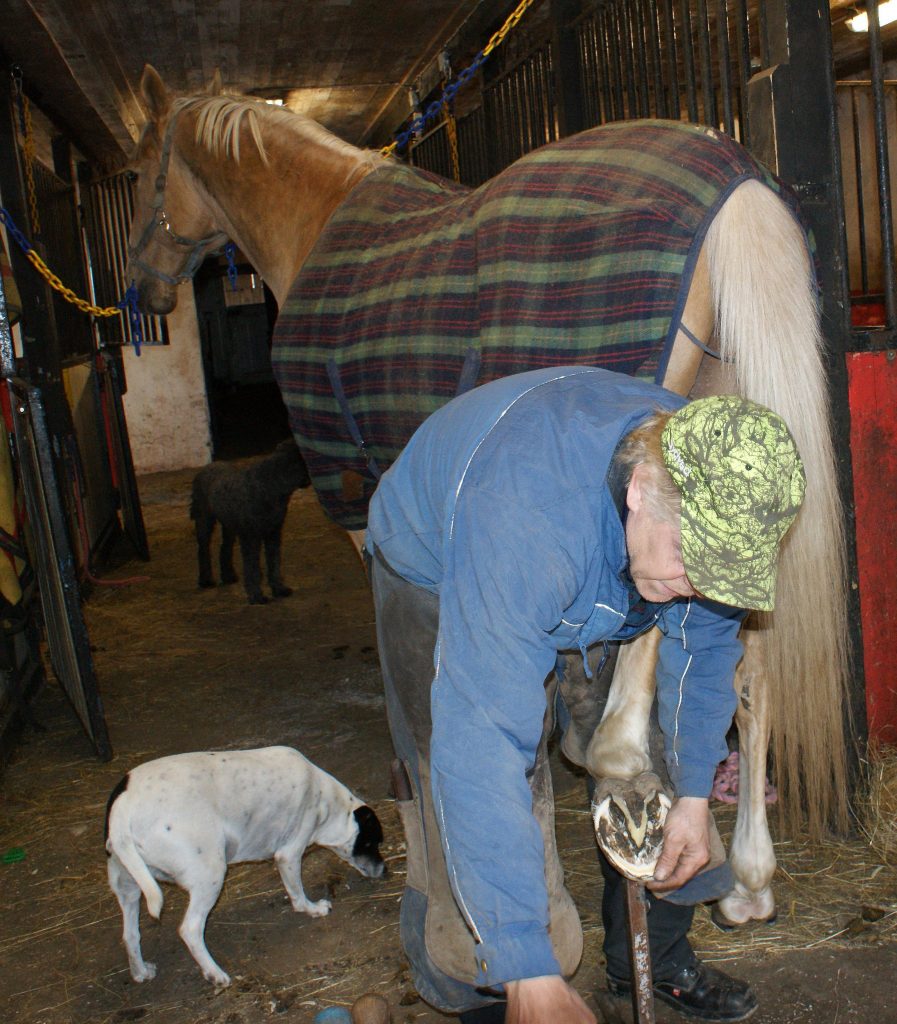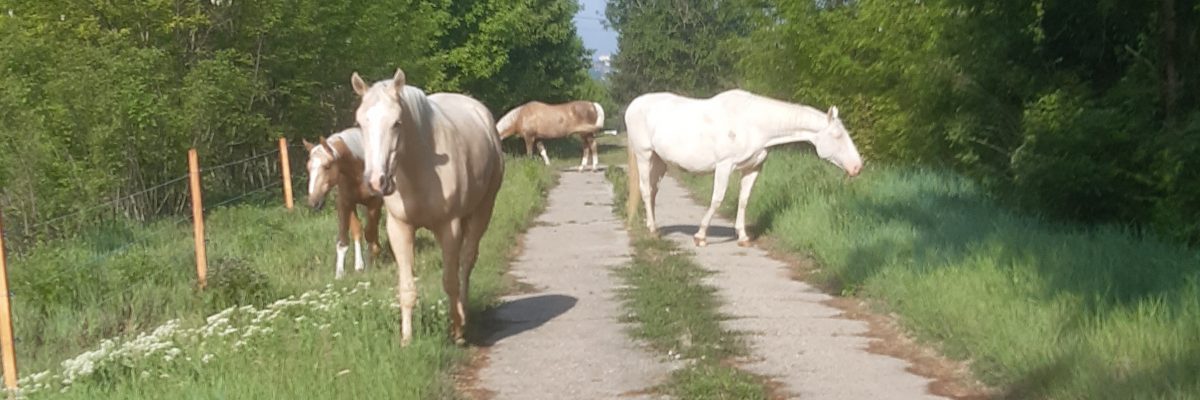The Farrier – Someone We Can’t Be Without!
A few days ago, a discussion arose in my group about an incident where a horse bit a farrier on the back, and the farrier reacted by striking the horse. This sparked strong emotions and opinions about the farrier’s actions, and I think it’s time we address this sensitive topic.
When Frustration Takes Over
I’ve had many horses over the years and admit that I’ve also lost my patience on occasion and hit a horse. It’s a human reaction when you’re injured, scared, or feeling powerless. At the same time, it’s important to understand the vulnerable position farriers are in. They must trust that the horse owner has done their part – training the horse to lift its legs and stand still during shoeing. But as we know, horses are individuals, and even a well-trained horse can suddenly react unpredictably.
Horses Are Not Machines
I remember a young horse I bought as a foal and trained myself. By the time he was three years old, he was always well-behaved, able to lift his legs, and stand still. But one day, as I was taking him out of the paddock, he attacked me without warning. He bit me so hard on the arm that I thought he would never let go. In panic, I hit him to get him to release me. It was about protecting myself, and situations like that can happen even with horses you know well.
Where Do We Draw the Line?
Farriers work in a vulnerable position, and it’s easy to understand their frustration if they’re bitten, kicked, or attacked. But the question is: where do we draw the line for an acceptable reaction? Using tools as weapons, kicking the horse with steel-toed boots, or injuring it in any way is never okay.
I’ve had farriers who reacted with understandable reflexes, but I’ve also met one who crossed all boundaries. Once, I hired a farrier to trim a pregnant pony mare who had difficulty giving her hind legs. I explained the situation and asked for patience. He had been working for no more than five minutes – and let me make it clear, she wasn’t dangerous, just reluctant to hold her legs up for long – when he started shouting, “damn horse,” and hit her over the back with the rasp while kicking her in the stomach. He yelled that he didn’t care if she was pregnant, using a stream of curse words. I was utterly shocked and told him to stop immediately. I even paid him just to avoid any further conflict. That was my limit, at least.
A Model Farrier
The best farrier I’ve ever had was Per. He was used to working with draft horses and knew that fighting with a horse would never result in getting the job done. He would come and chat while we brought the horse out, take his time lighting his pipe, and let the horse get used to his presence. He always talked to me about the horse, commenting on how good it looked or asking where I got it from. This created a positive atmosphere, making the horse familiar with his voice and attitude before he even began.
Shoeing took a long time with Per, as he worked carefully and took breaks. All the horses calmed down when he was in the stable, and even the more challenging ones improved quickly. Later, his son took over and brought the same calm demeanor to his work.
Collaboration Is Key
Being a farrier is not an easy job. It requires patience, skill, and a calm mind. If someone has a quick temper and takes out their frustration on the horse through violence, it only worsens the situation – both for the horse and for future shoeing attempts.
As horse owners, we can also help. Here are some things we can do:
- Prepare the horse: Train it to lift its legs and stand still.
- Be present: Assist the farrier by holding the horse and watching for its reactions.
- Reward good work: An extra bit of cash or a few kind words can mean a lot to a farrier who’s shown patience and skill with your horse.
- Be honest: Inform the farrier of any challenges and discuss together how to handle them.
- Offer a reward or hay for the horse: Keep it calm and content during the process.
My current farrier is incredibly attentive. My old broodmare struggles to stand still for trimming due to past hoof abscesses in one front hoof, and she fears it might hurt. He trims a little on each hoof, frequently switching, so she doesn’t have to keep one hoof up for long. I praised him extensively for doing this, and he was so happy that I noticed his efforts.
A Relationship to Nurture
Farriers are an invaluable part of every horse owner’s life. We need to work together and respect their work. At the same time, farriers have the right to refuse dangerous jobs or clients who fail to prepare their horses properly. It’s a collaboration built on mutual respect, understanding, and good communication.


